The 1970s were a transformative decade, and the hairstyles from that era truly captured the essence of the time. From the shag cuts to the feathered looks, these styles were more than just hair—they represented a shift in culture and attitude. The 70s were all about individuality, freedom, and breaking away from the past, and the hairstyles that emerged were a reflection of that. Some of the most iconic looks from the decade became synonymous with the music, fashion, and overall vibe of the time, making them unforgettable even today.
These hairstyles were the perfect blend of bold and effortless, often featuring natural textures and loose, carefree vibes. Whether you were rocking a ‘Farrah Fawcett’ flip, a classic Afro, or a sleek disco look, your hair in the 70s told a story. Today, these iconic hairstyles continue to influence modern trends, proving that the 70s were not only about great music and fashion but also unforgettable hair.
The Shag
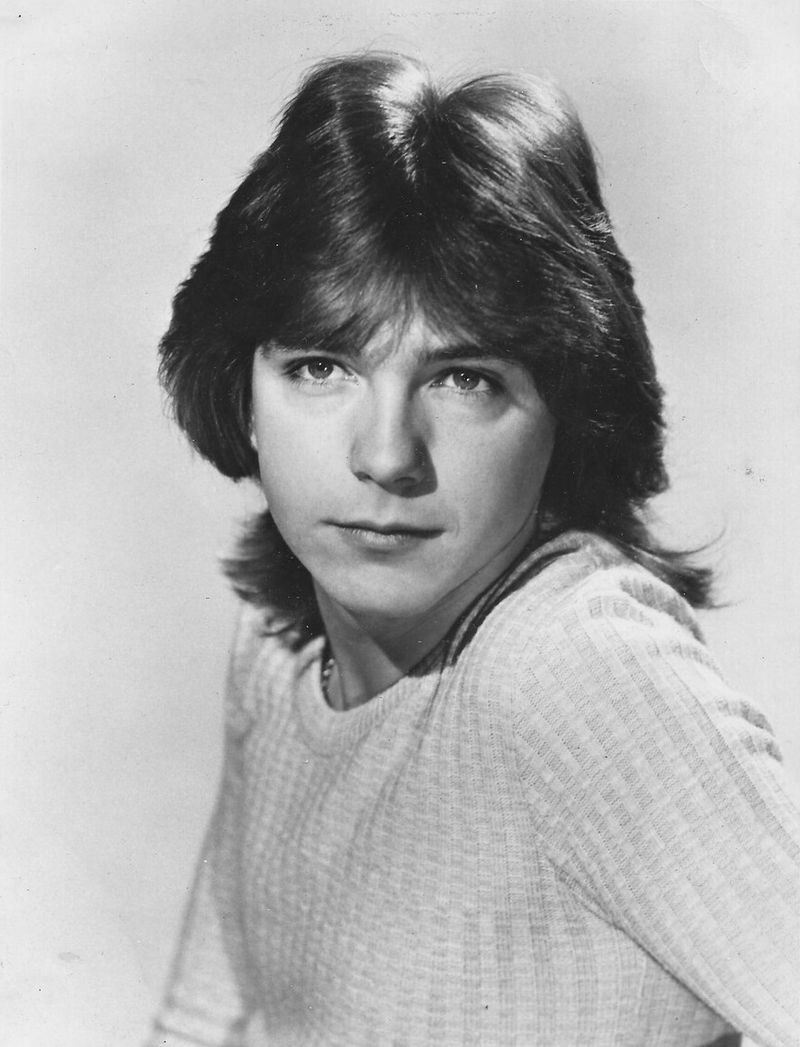
The shag haircut became a defining look of the 1970s, characterized by its choppy layers and feathered texture. It was popularized by celebrities like Jane Fonda and Farrah Fawcett, giving it a glamorous yet rebellious touch.
This versatile style suited various hair lengths and textures, making it accessible for everyone. The shag was not only stylish but practical, offering an easy-to-maintain look that resonated with the decade’s carefree spirit.
Whether worn with bangs or without, the shag continues to inspire modern takes on this timeless classic.
Afro

The Afro was more than just a hairstyle in the 1970s; it was a powerful symbol of cultural pride and identity. Embraced by the African American community, it celebrated natural beauty and challenged prevailing beauty standards.
This voluminous and rounded hairstyle conveyed strength and confidence, making it a popular choice among both men and women. The Afro was often accessorized with headbands or scarves, adding personal flair to the look.
Its legacy lives on today, continuing to inspire those who wear their hair with pride and authenticity.
Feathered Hair
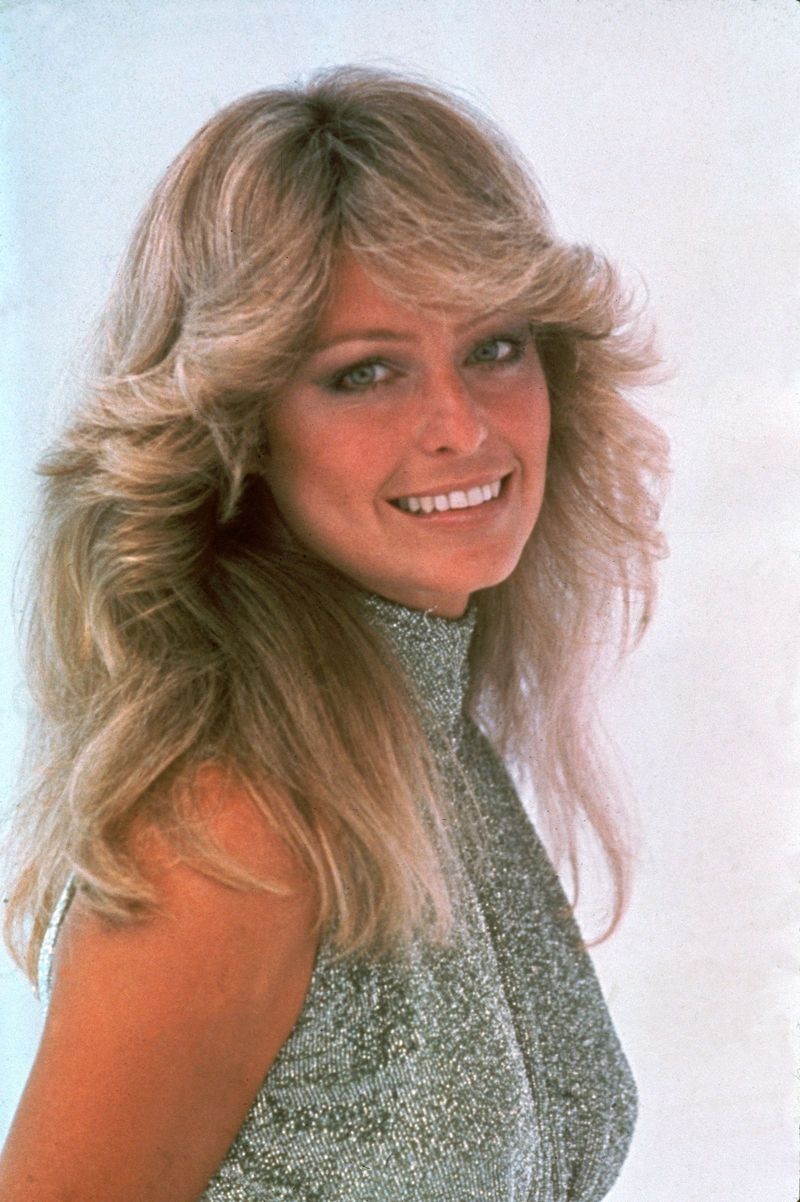
Feathered hair became synonymous with the 1970s, thanks to icons like Farrah Fawcett. This style featured voluminous layers that flipped back, creating a feather-like effect.
It was both glamorous and effortless, capturing the essence of the decade’s fashion-forward mindset. Feathered hair complemented various face shapes and added movement to the hair, making it a favorite choice for many.
While it required some styling with a blow-dryer and a round brush, the end result was worth it – a timeless look that remains popular today.
Pixie Cut
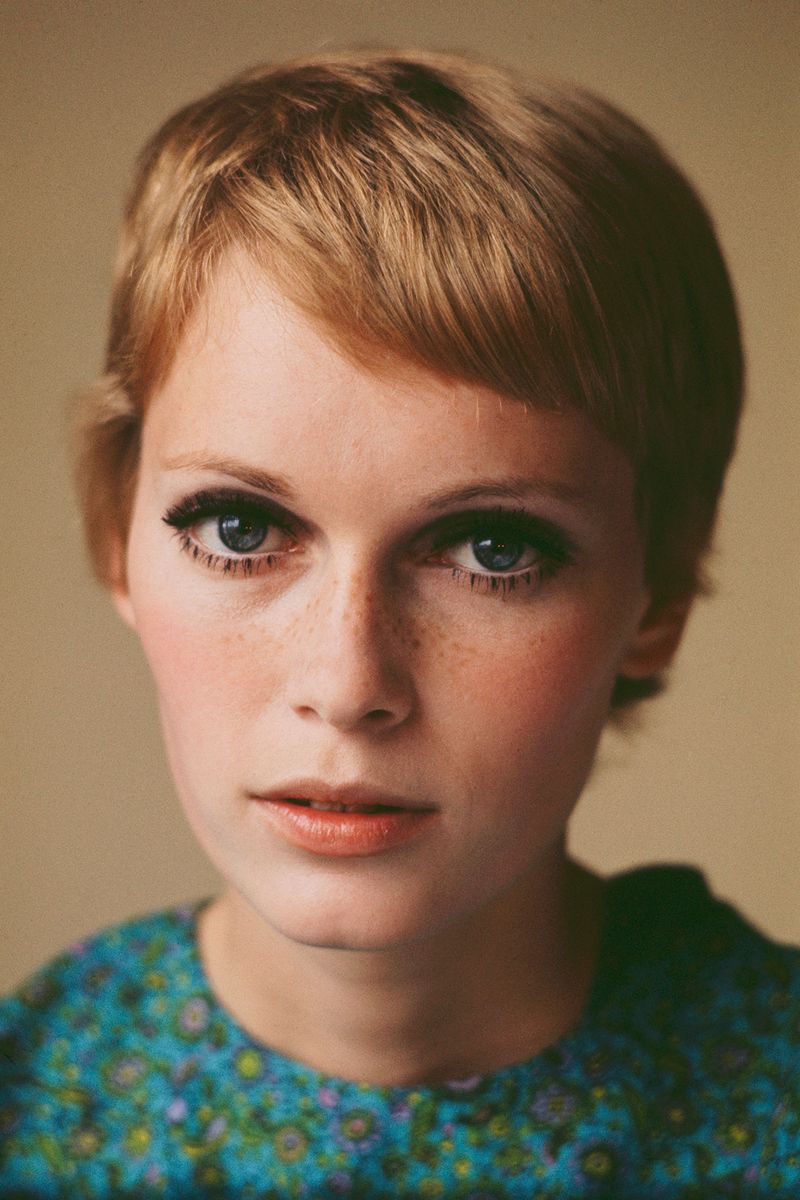
The pixie cut made waves in the 1970s, offering a bold and liberating choice for women seeking to break away from traditional long hairstyles.
With its short length and edgy finish, the pixie cut was both chic and easy to maintain. Celebrities like Mia Farrow and Liza Minnelli helped popularize this daring look, which emphasized facial features and exuded confidence.
Whether styled smooth or tousled, the pixie cut’s versatility and timeless appeal make it a standout choice for those embracing a fearless attitude.
The Mullet
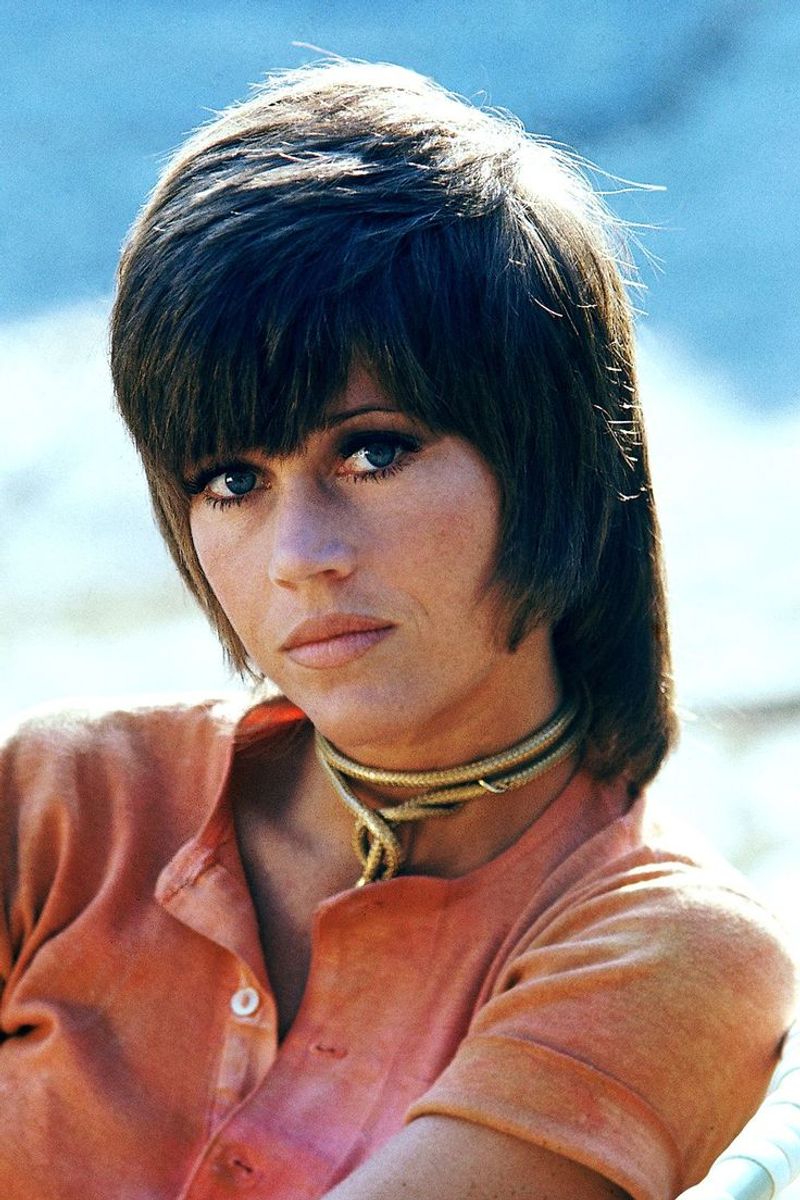
The mullet is perhaps one of the most controversial hairstyles of the 1970s. Known for its “business in the front, party in the back” philosophy, this style was embraced by rock stars and nonconformists alike.
It was characterized by short hair at the front and sides, with longer lengths at the back. This unique contrast made it a bold fashion statement that challenged conventional norms.
The mullet’s rebellious spirit captured the essence of the 70s, leaving a lasting impact on the cultural landscape and inspiring revivals in later decades.
Bouffant
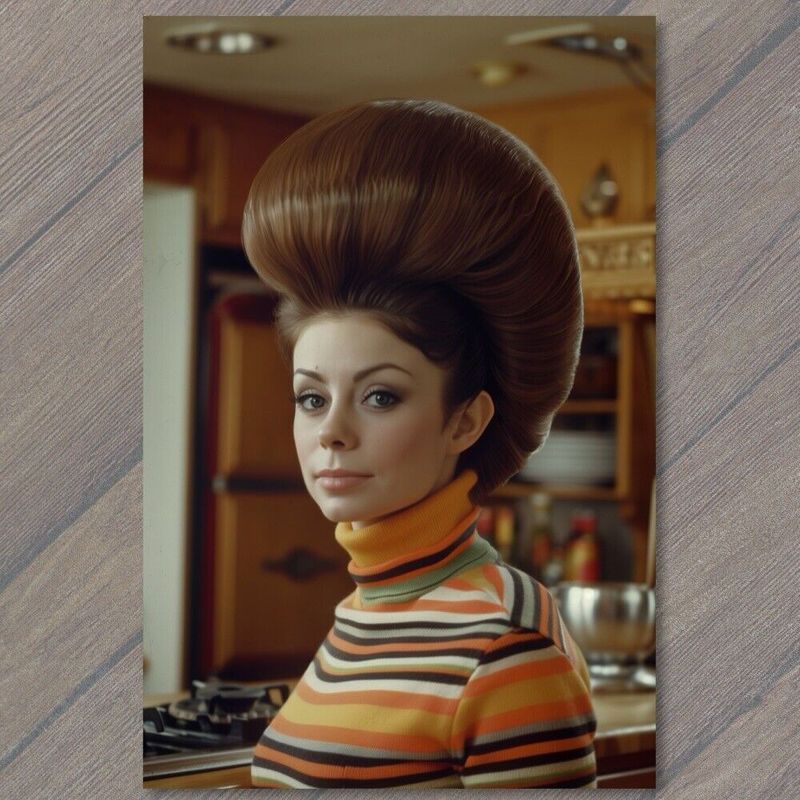
The bouffant was a sophisticated and elegant hairstyle that dominated the early 1970s. Known for its height and volume, it was often seen on socialites and celebrities attending glamorous events.
Achieving the bouffant required careful teasing and backcombing, followed by setting the style with hairspray. This attention to detail created a polished and refined look.
Though it required effort, the bouffant was a testament to the glamour and elegance of the era, offering a timeless style that continues to evoke a sense of classic beauty.
Cornrows
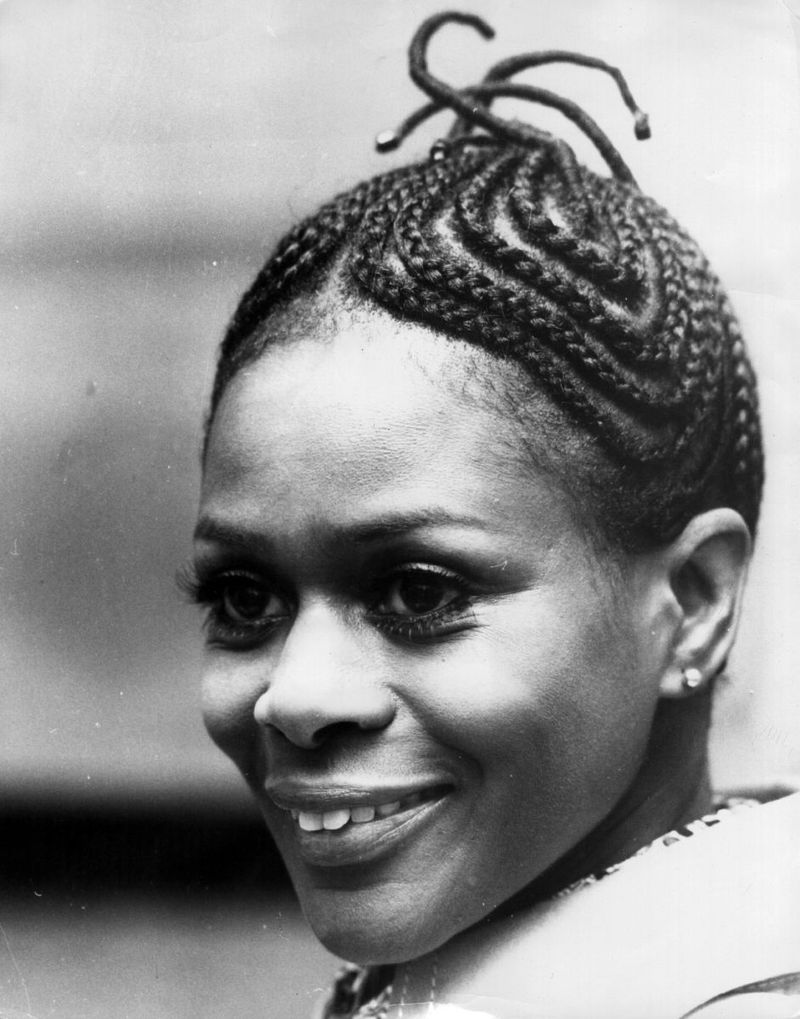
Cornrows are a traditional African hairstyle that gained widespread popularity in the 1970s. This intricate style involves braiding the hair close to the scalp in a series of straight lines or geometric designs.
Cornrows were embraced for both their cultural significance and practical nature, offering a low-maintenance option that could be styled in various ways. Often adorned with beads or other accessories, cornrows allowed for artistic expression.
This style continues to be celebrated today, representing a rich cultural heritage and serving as a canvas for creativity and individuality.
Pageboy
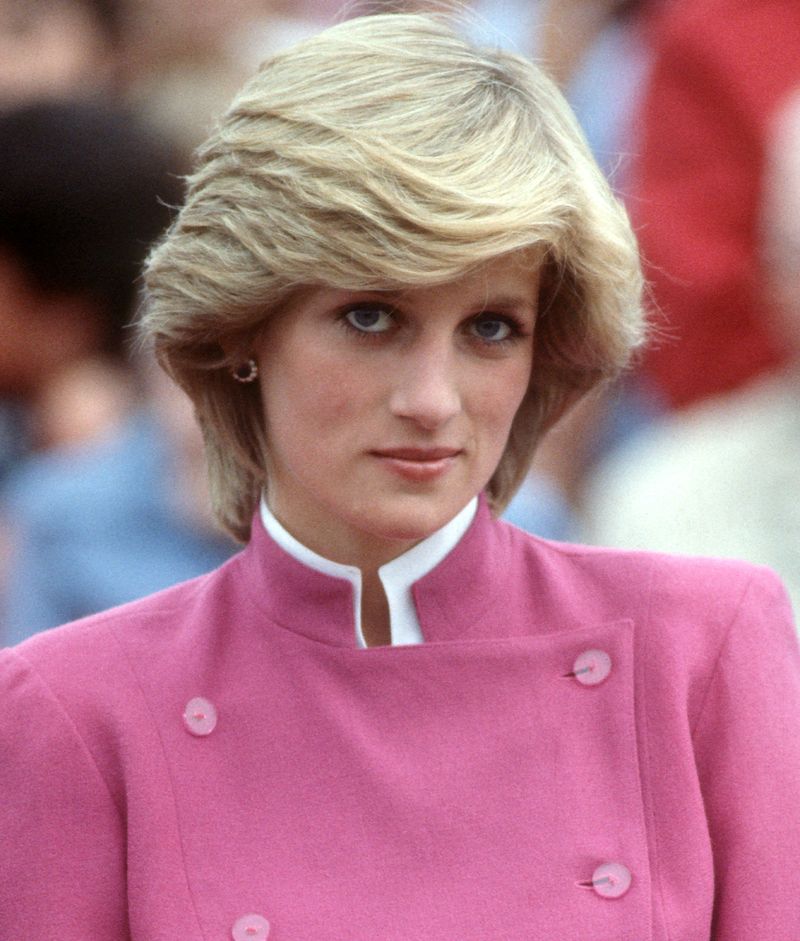
The pageboy was a sleek and sophisticated hairstyle that became a staple in the 1970s. Characterized by its blunt cut and straight lines, it offered a polished appearance.
This style was often worn with bangs and could be adapted to various lengths, making it suitable for different face shapes. The pageboy was not only stylish but easy to maintain, appealing to those seeking a chic yet practical look.
Though simple, the pageboy’s elegance and versatility have ensured its place as a timeless and enduring choice.
Long and Straight
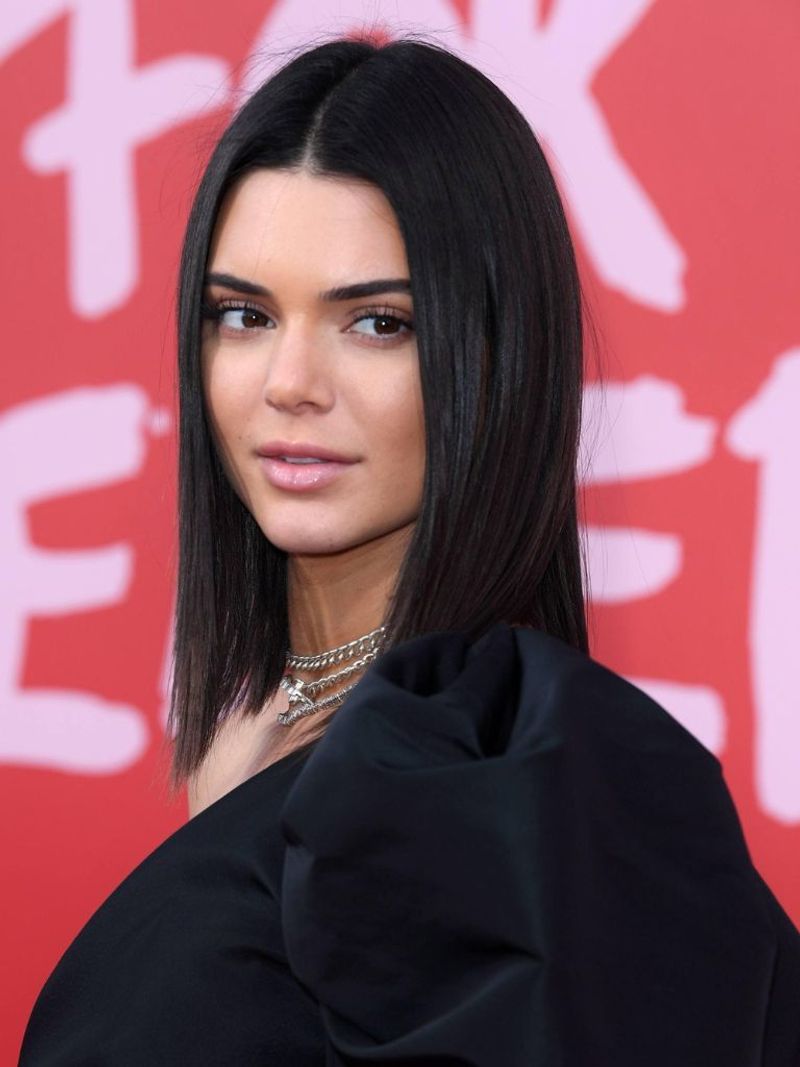
Long, straight hair was a quintessential 1970s look, embodying the decade’s natural and free-spirited vibe. Worn by icons like Cher, this style emphasized simplicity and grace.
To achieve the sleek and shiny finish, many turned to straightening irons and serums. Parted in the middle, this look exuded a laid-back elegance that resonated with the era’s cultural movements.
Long, straight hair remains a popular choice, celebrated for its timeless beauty and ability to complement various outfits and occasions.
Perm
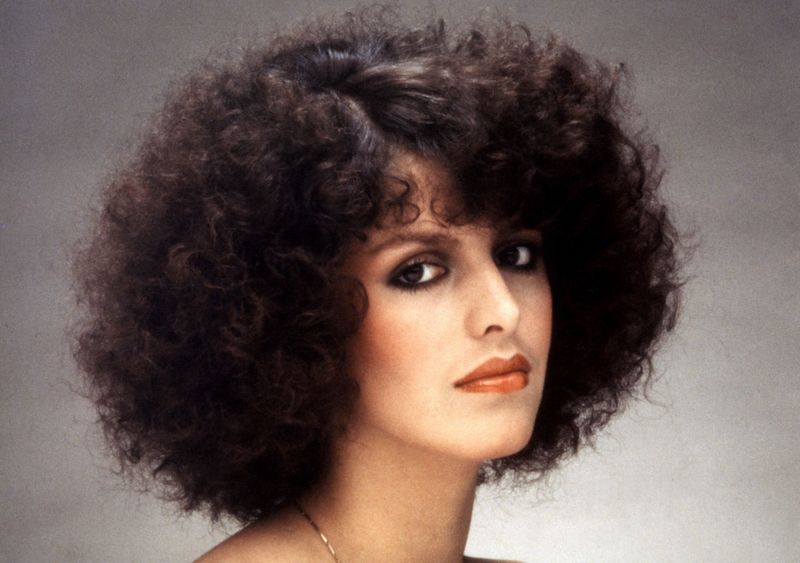
The perm was a revolutionary hairstyle of the 1970s, offering the ability to transform straight hair into bouncy curls. This chemical process provided a long-lasting solution for achieving volume and texture.
Perms became a popular choice for those seeking to add dramatic flair to their look, with celebrities like Olivia Newton-John embracing the trend.
Though the process required commitment, the result was a striking hairstyle that captured the decade’s bold and adventurous spirit. Today, perms have evolved, but the essence of this iconic style endures.
The Beehive
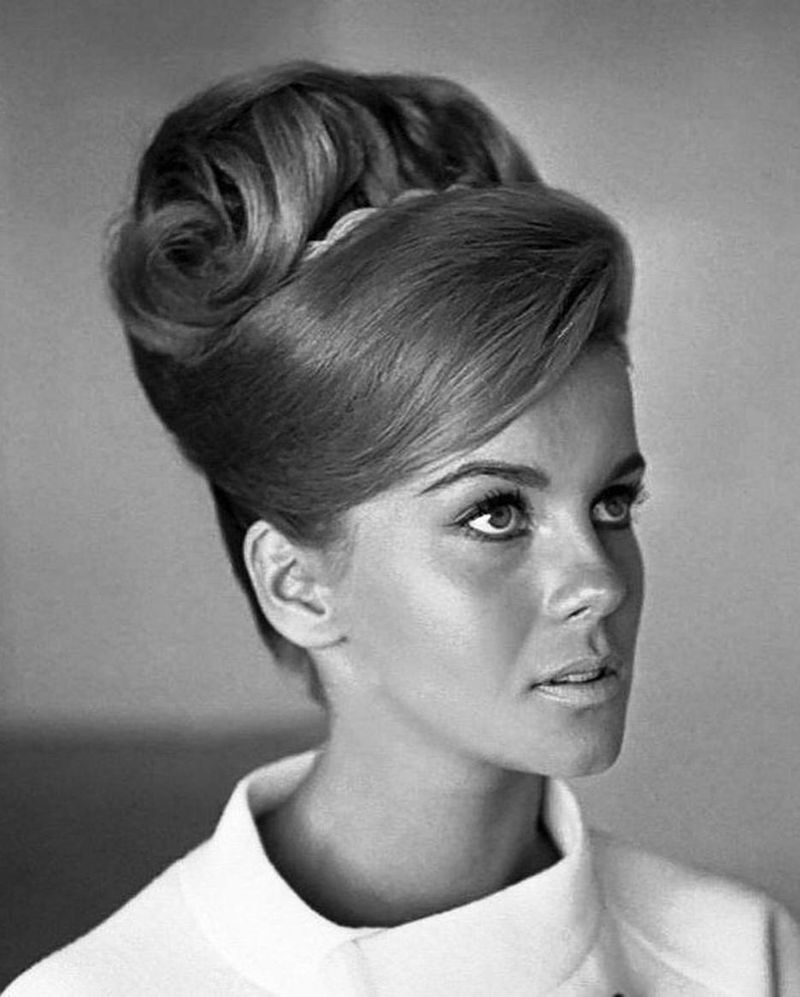
The beehive was a towering hairstyle of the 1970s, known for its height and dramatic flair. Achieved through backcombing and copious amounts of hairspray, it was a favorite among those seeking a bold and glamorous look.
The beehive was often adorned with accessories like ribbons or flowers, adding a personal touch to the style. Its eye-catching appearance made it a popular choice for special occasions and parties.
While the beehive required effort and maintenance, its iconic status as a symbol of 70s glamour remains unmatched.
Hippie Braids
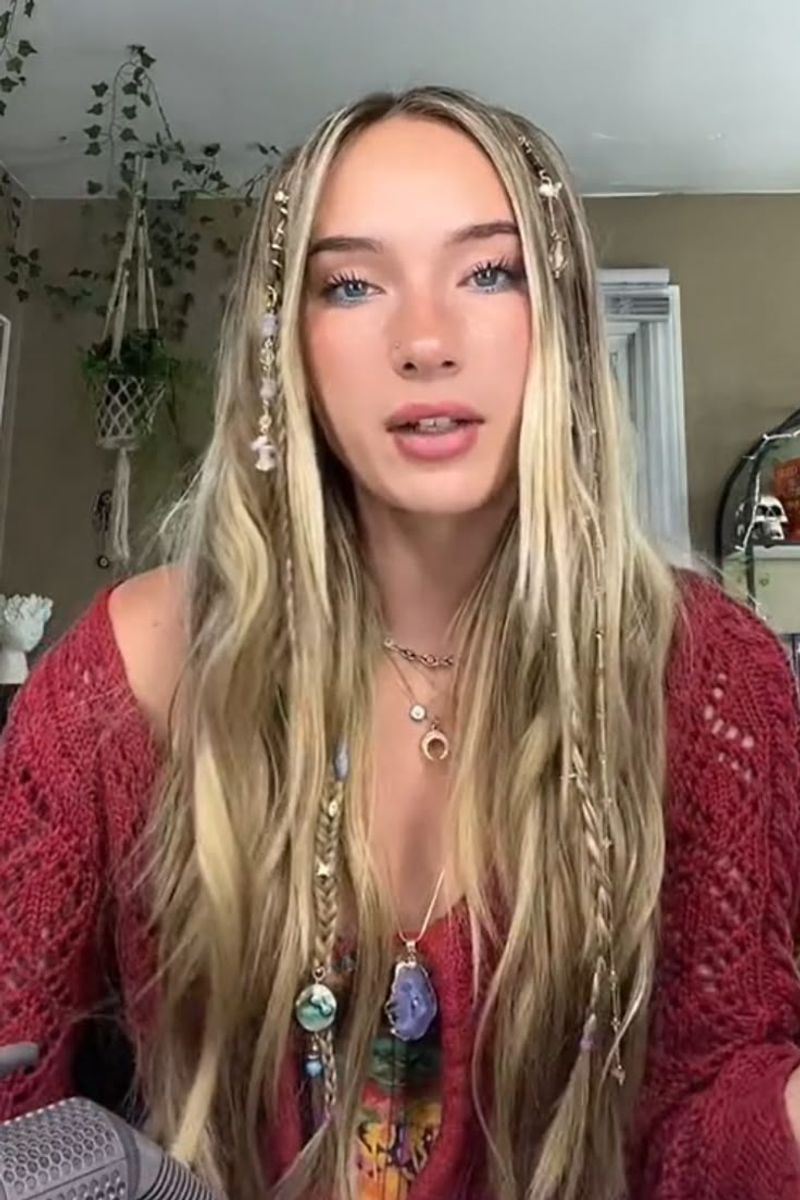
Hippie braids were a popular hairstyle in the 1970s, reflecting the decade’s bohemian and counterculture movements. These small, often loosely braided styles were adorned with beads or flowers.
Hippie braids offered a carefree and artistic expression, aligning with the era’s emphasis on individuality and natural beauty. They could be styled in various ways, from single braids to intricate patterns.
This versatile and low-maintenance look continues to inspire those seeking to embrace a bohemian spirit, offering a connection to the free-spirited vibe of the 70s.
Sleek Bob
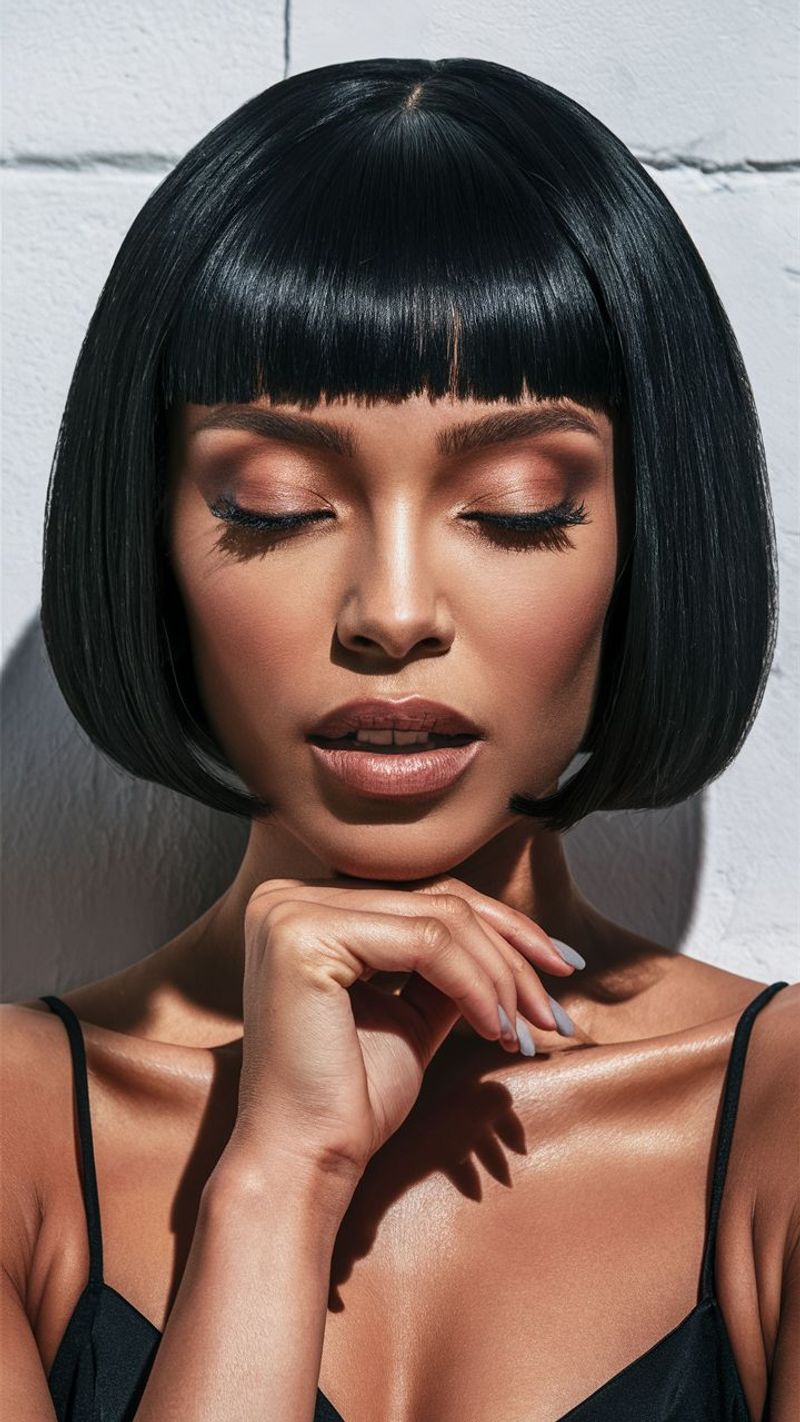
The sleek bob was a chic and modern hairstyle that gained popularity in the 1970s. Characterized by its straight lines and even length, it offered a sophisticated and polished look.
Often paired with bangs, the sleek bob was versatile enough to suit various face shapes and hair types. It was both stylish and manageable, making it a favorite among working women seeking a professional appearance.
The sleek bob remains a timeless choice, celebrated for its elegance and ability to adapt to contemporary fashion trends.
Curtain Bangs
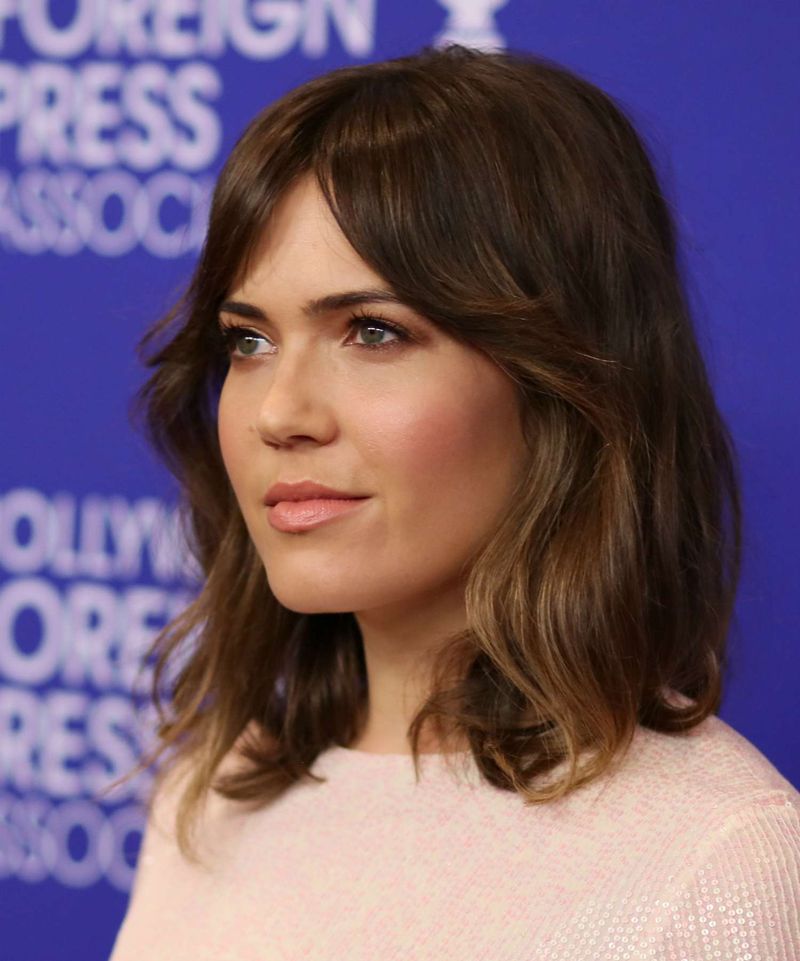
Curtain bangs became a fashionable trend in the 1970s, offering a soft and flattering way to frame the face. These bangs were parted in the middle, creating a curtain-like effect that blended seamlessly with the rest of the hair.
This style was versatile, working well with various hair lengths and textures. Curtain bangs added a touch of elegance and sophistication, making them a popular choice for those seeking a subtle yet stylish change.
Today, curtain bangs continue to be a sought-after look, celebrated for their ability to enhance facial features and add a unique flair.
Pompadour
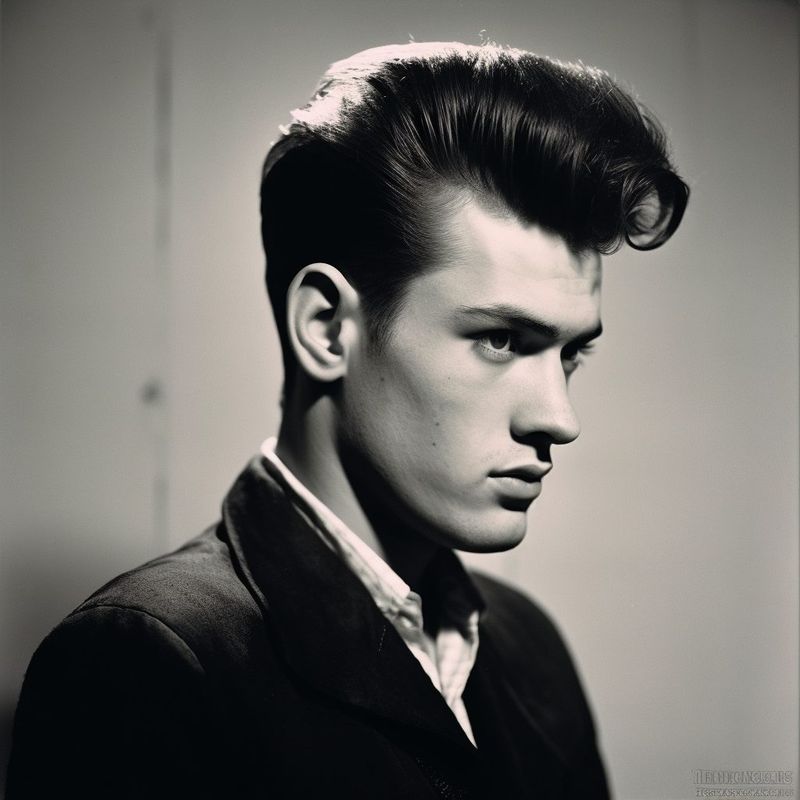
The pompadour made a comeback in the 1970s, offering a bold and confident style for men. Characterized by its voluminous top and slicked-back sides, it exuded a sense of elegance and charisma.
Achieving the pompadour required precise styling, using products like pomade and hairspray to create height and hold. This attention to detail made it a popular choice among those seeking a distinctive and polished appearance.
The pompadour’s timeless appeal and ability to adapt to modern trends ensure its continued popularity in the world of men’s fashion.
Layered Waves
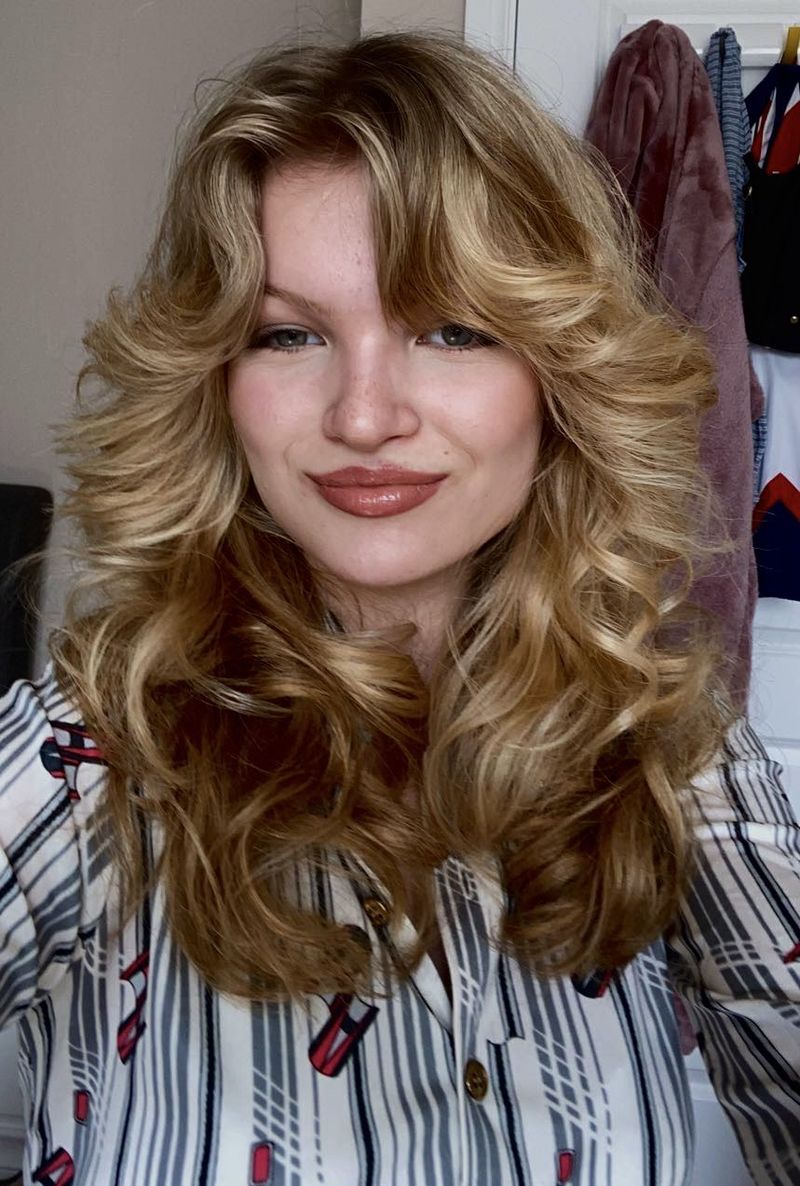
Layered waves were a defining hairstyle of the 1970s, offering a relaxed and natural look that resonated with the decade’s free-spirited ethos. This style featured soft, cascading waves that added volume and movement.
Achieving layered waves often involved using rollers or curling irons, followed by gentle brushing to create a loose and effortless appearance. This versatile look complemented various face shapes and hair types.
Layered waves remain a popular choice, celebrated for their ability to add texture and dimension while maintaining a casual and chic vibe.
The Rachel
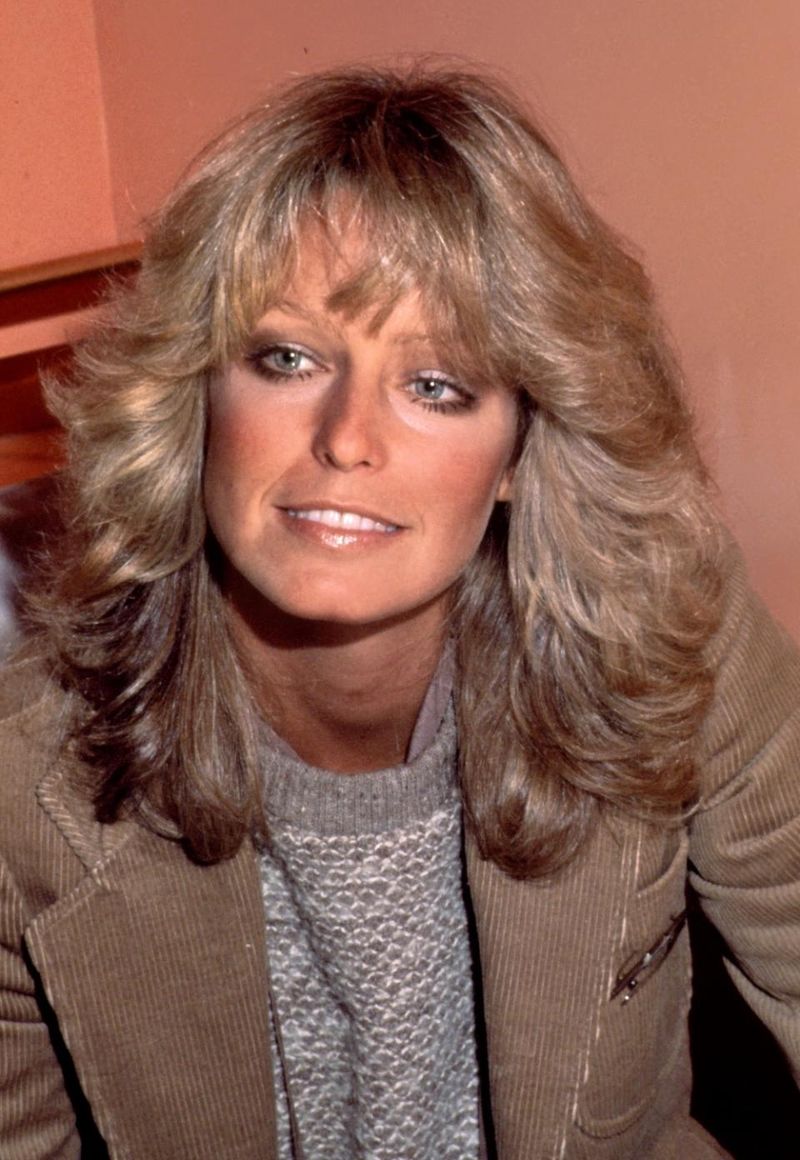
Although more famously associated with the 1990s, the Rachel haircut has its roots in the 1970s. Featuring layers and volume, this style offered a fresh and youthful appearance.
The Rachel was characterized by its bouncy and face-framing layers, making it a versatile choice for various hair lengths and textures. It quickly became a favorite among those seeking a modern yet timeless look.
This flattering style continues to inspire modern interpretations, celebrated for its ability to enhance natural beauty and provide a chic and confident appearance.
Razor Cut
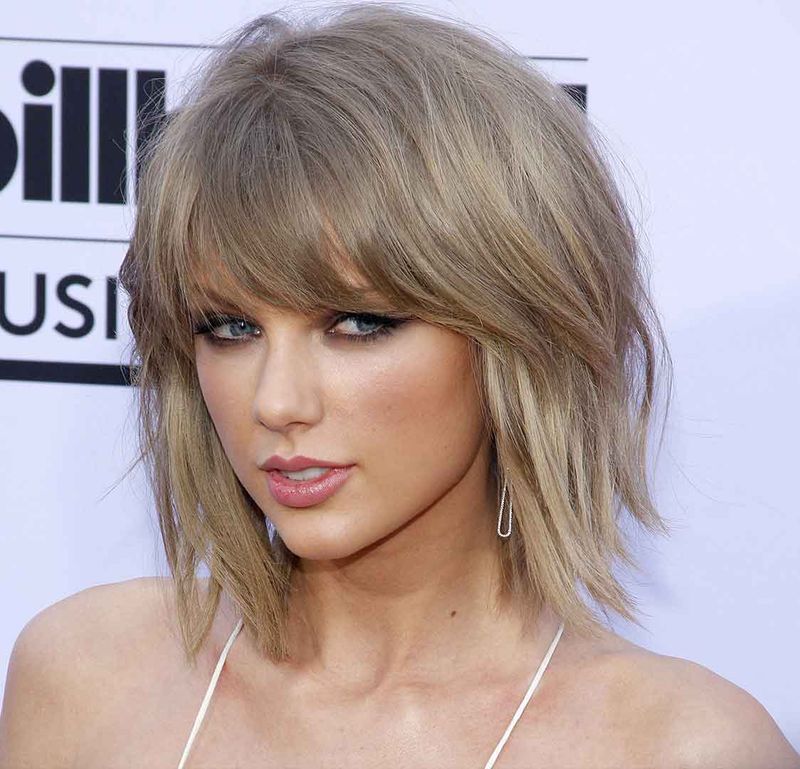
The razor cut was a distinctive hairstyle of the 1970s, known for its sharp and edgy finish. This technique involved using a razor to create precise layers and texture, resulting in a bold and dramatic appearance.
Razor cuts were often combined with other styles, such as the shag or feathered hair, to add an extra layer of flair. This approach allowed for creative expression and individuality.
The razor cut’s unique texture and movement continue to make it a popular choice for those seeking a daring and contemporary look.
Flipped Ends
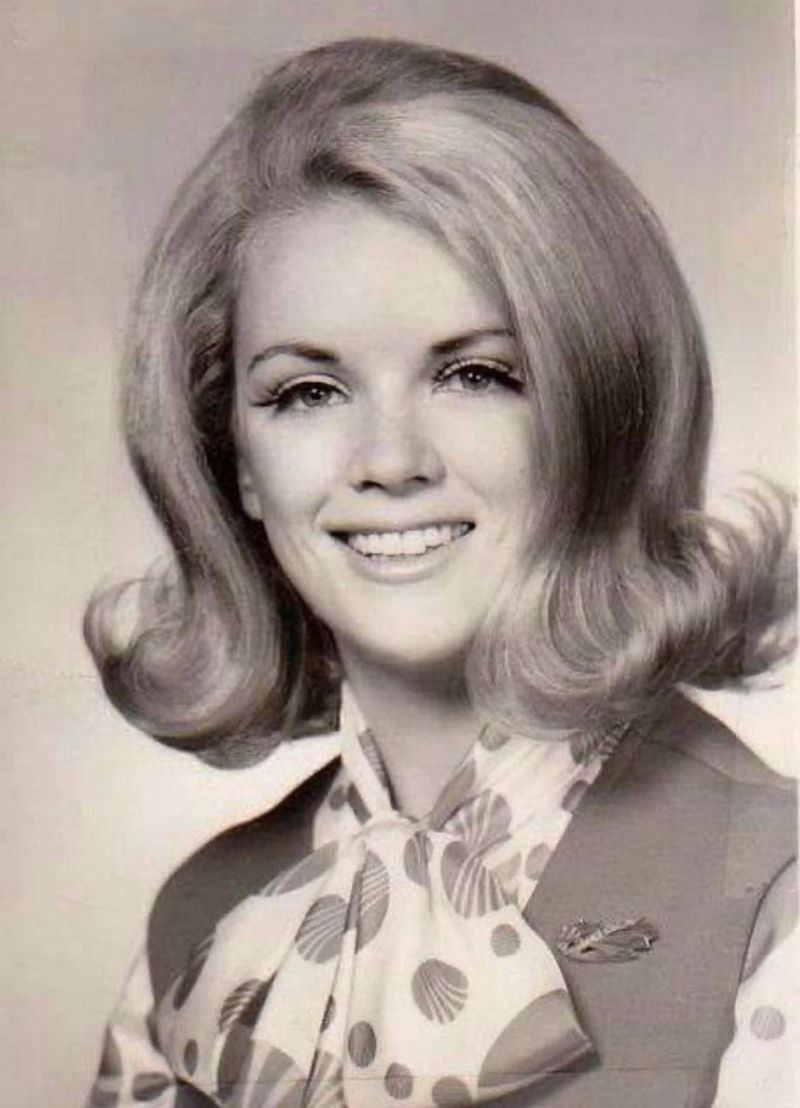
Flipped ends became a popular trend in the 1970s, offering a playful and feminine touch to various hairstyles. This style involved flipping the ends of the hair outward, creating a fun and lively appearance.
Flipped ends could be achieved with both short and long hair, adding a unique twist to classic styles like the bob or shoulder-length cuts. This versatile look was often seen on fashionistas and trendsetters of the time.
Today, flipped ends continue to be celebrated for their retro charm and ability to add a touch of whimsy to modern haircuts.
Mohawk

The Mohawk emerged as a radical and rebellious hairstyle in the 1970s, symbolizing defiance and individuality. This style featured a strip of hair left longer in the middle, with the sides shaved or trimmed short.
The Mohawk was embraced by punk rockers and nonconformists, making a strong statement against societal norms. It could be styled in various ways, from sleek and spiky to colorful and extravagant.
While the Mohawk’s boldness might not be for everyone, its legacy as an emblem of self-expression and counterculture remains influential.
Dreadlocks

Dreadlocks have been a significant hairstyle for various cultures, gaining visibility in the 1970s through the Rastafarian movement. This style involves coiling hair into long, rope-like strands.
Dreadlocks were more than just a fashion statement; they represented spiritual beliefs and cultural identity. They could be worn with various lengths and thicknesses, offering a personalized touch to the look.
Today, dreadlocks continue to be a powerful symbol of self-expression and cultural pride, cherished for their unique beauty and ability to transcend conventional norms.
